Let’s talk about garbage again… we all know where it goes and we know that we are creating too much of it. So the time has come to think about ways that we can reduce our contribution to landfills. A fair while back we decided to find out exactly where our garbage went, we weren’t thrilled with our discovery. We need to reduce our contribution to landfills drastically… and we should have been doing this for the longest time already. No time like the present, we spent the last year and a half doing our best to create much less garbage than we had been creating.

It turns out the landfills are not the happy place for garbage to go, but rather the tragedy of “we just don’t know where to put all this garbage so we will just dump it here.” Inevitably our garbage heads for landfills and then sits there forever, or it blows away, leaches into the ground, or it is eaten by resident wildlife. There is nothing good about where our garbage goes… and I always thought we didn’t produce that much for a family of ten, but after learning about where our garbage goes… I am much more aware that every peace of garbage is actually too much.
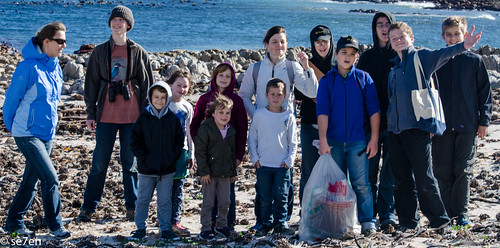
So we went from not being too sure how to compost, to just composting… if it can be composted then we pop it into our compost pile and we alternate layers of vegetable peels and garden garbage and before we could blink we had piles of fabulous compost and our garden is so much better for it. And then there is recycling, easy enough, ours gets collected on garbage day… we really have to do nothing but throw recyclables into a bag, obviously wash a few things first, but it is close to no effort to recycle… but what about all the non recyclables… what about all the things that you can’t compost… we were still throwing away too much garbage… and so began or eco-brick project.
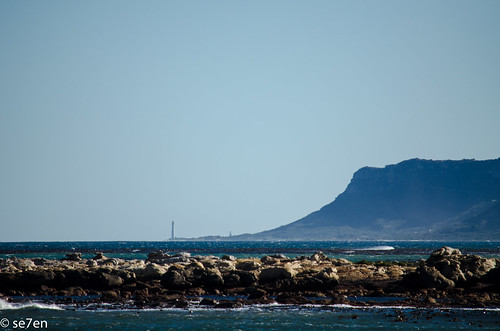
Olifantsbos Beach
If you follow us you will know that we spend a lot of time hiking and exploring in Cape Point, part of the Table Mountain National Park, and one of the things we do there every other month or so is a beach cleanup. This beach probably gets more visitors than a lot of the other, harder to get to beaches in the park… and the main attraction here is the wildlife that calls this area home…
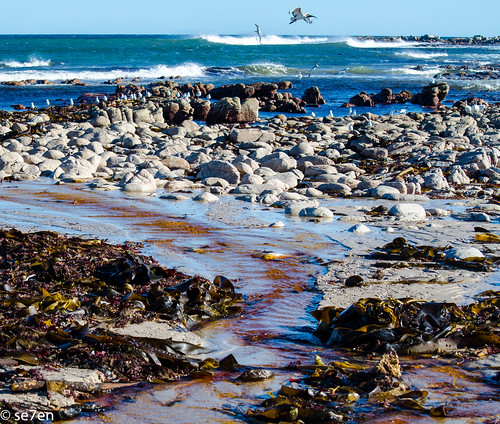
You can usually find bontebok…
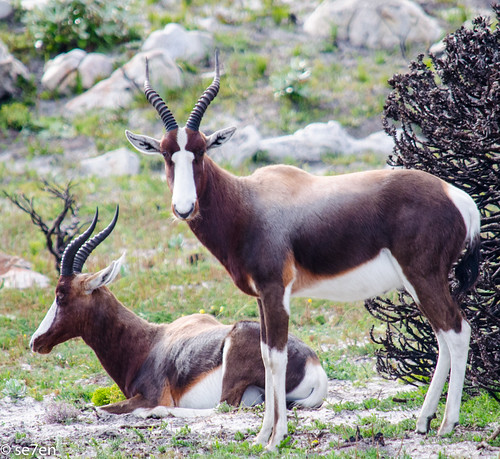
Baboons and…
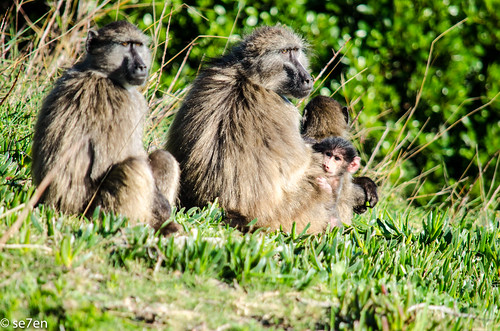
Ostriches…
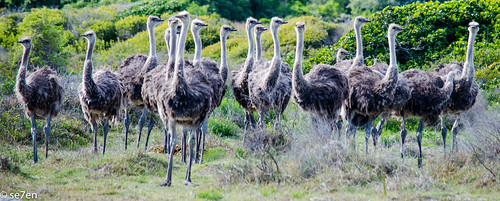
The Beach Clean Up
At first glance it looks like a pristine beach in a nature reserve, but we never fail to collect quite a few bags of garbage on this beach. Most of it is washed off passing ships en route across the Atlantic, and a lot of it is local fisherman discarding their fishing line on the beach. The garbage on this beach is unlikely to affect visitors to the park, but it can certainly harm the wildlife that spend their days wandering along the beach… little bits of plastic can be eaten by birds and certainly all the fishing line can entrap these animals and cause serious injury. We gathered with some friends for a clean up, and the first walk across the beach always yields less than the return walk, it seems that our eyes are so used to seeing trash that we don’t even notice it at until we really start looking for it. Then again, once you start seeing the rubbish, you just can’t stop.

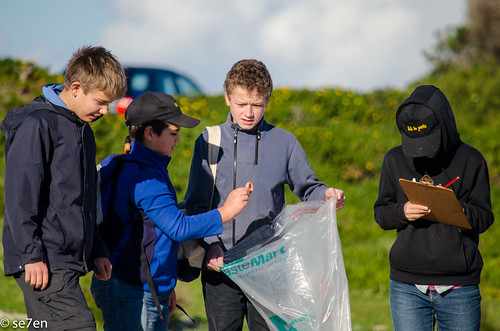
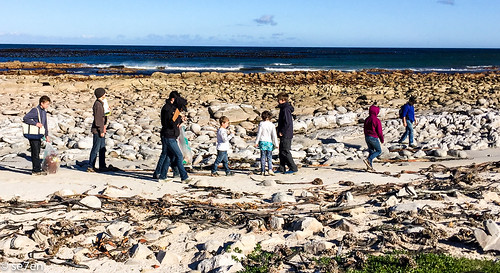
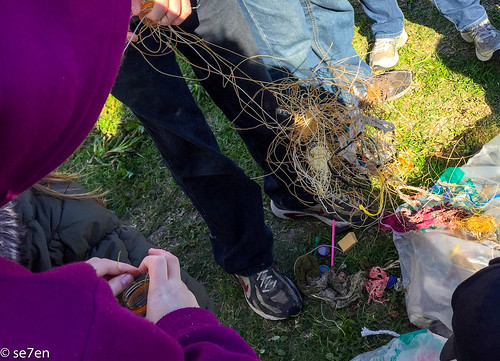

An Eco-brick Project
The problem with collecting garbage is, where do we put it… by placing it back onto a landfill means that eventually the landfill will overflow and the garbage will find its way back to the sea. A lot of our domestic garbage can be composted or recycled. The question remains… what do we do with all the other remaining garbage. And here eco-bricks become a workable solution. Eco-bricks are used all over the world as a low cost building material that lasts a long time and provides good insulation.
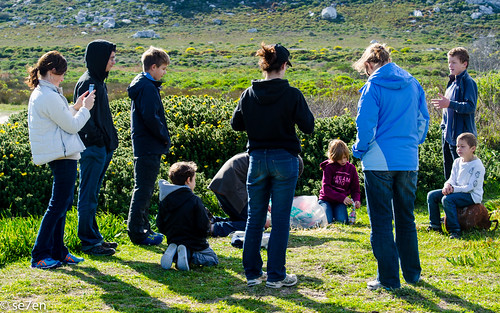
First we had to learn about creating eco bricks and then we dived into the garbage and created our own eco-bricks. Very often you find garbage that is non-recyclable and not biodegradable, garbage that falls into these categories can get pushed into bottles. You need to use a stick to push the garbage in tight… the bottles literally form solid bricks. Very often you find plastic bottles that you can fill up during your cleanup, we bought our bottles from home, we were trying to reduce as much single use plastic as we possibly could for Plastic Free July.
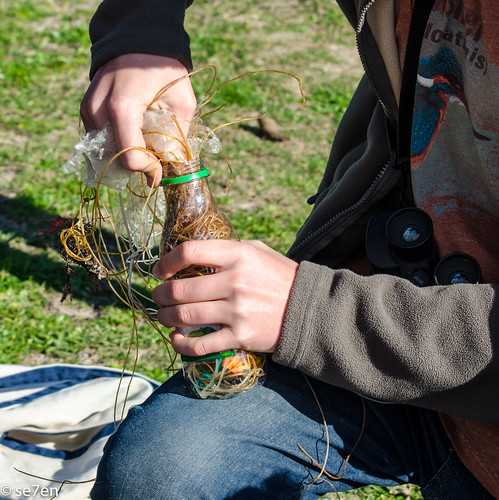
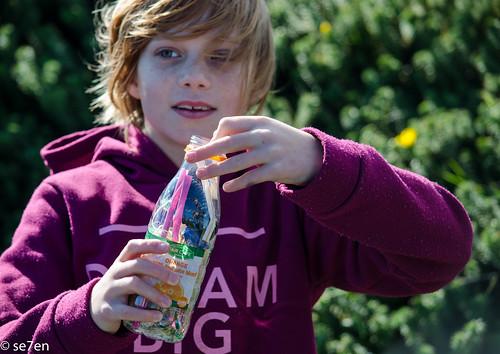
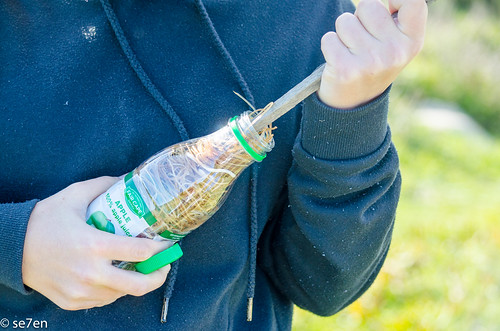
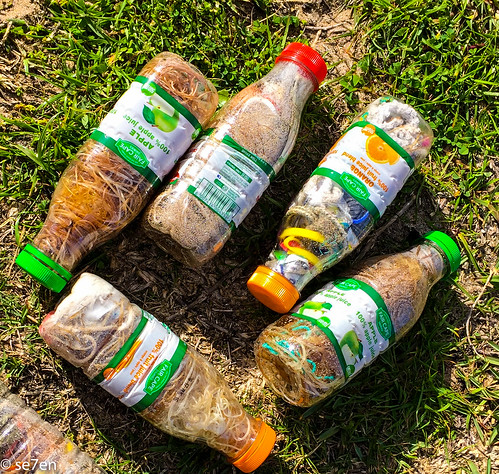
By making eco-bricks with our beach cleanup garbage we were able to significantly reduce the amount of waste that was sent to a landfill, basically we were left with a small blag of plastic and a rusty gas cylinder, far better than the pile of bags that we began with.
There is definitely a place for rethinking garbage and figuring out ways that we can make it useful to us again, rather than useless, if not harmful on a landfill.
If you want to know more about making eco-bricks and their uses then check out this wikipedia article. If you do make eco-bricks in Cape Town and you don’t know how to use them, I first learnt about them at GreenPop and we have delivered quite a few eco-bricks to GreenPop over the past year.

Hay dvs, its good to know all the facts!!! Hope you have had a great week!!!